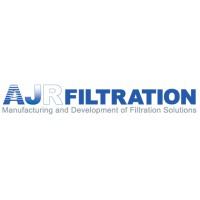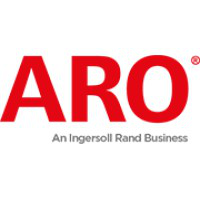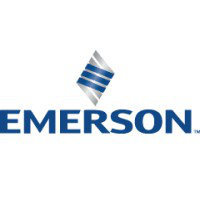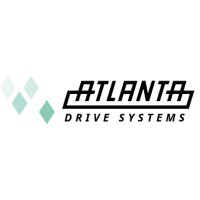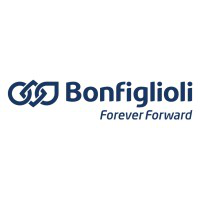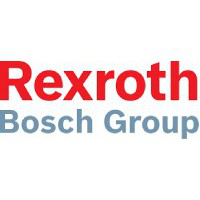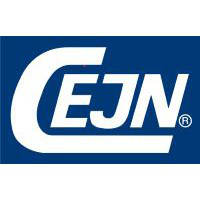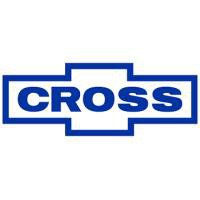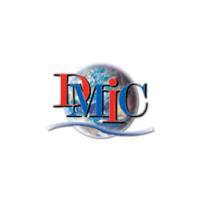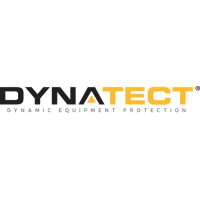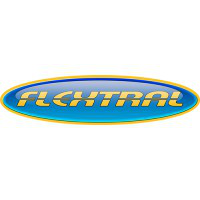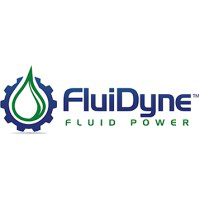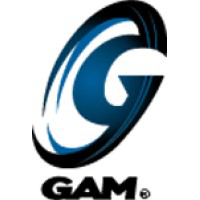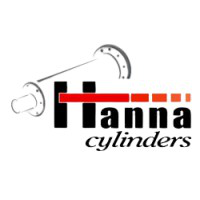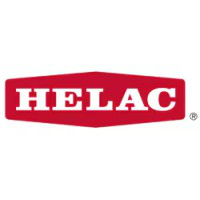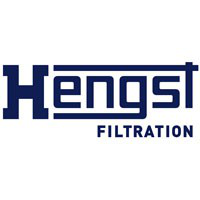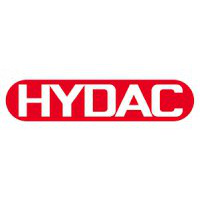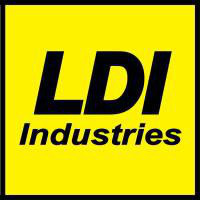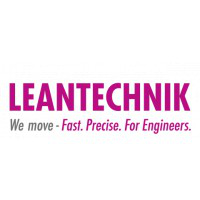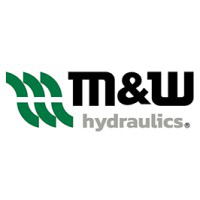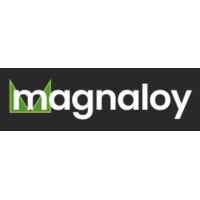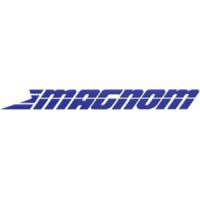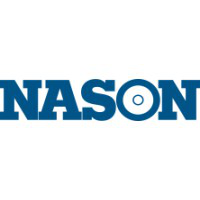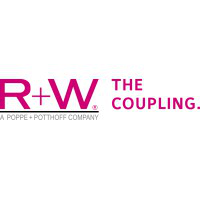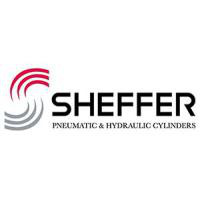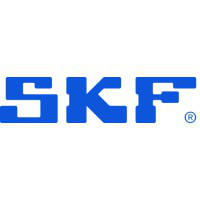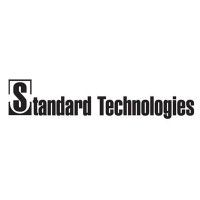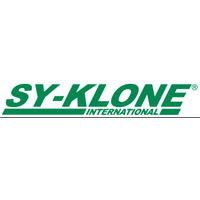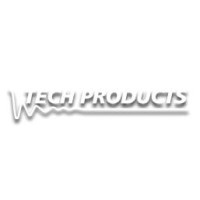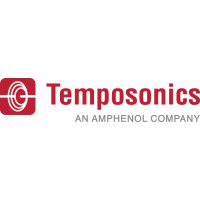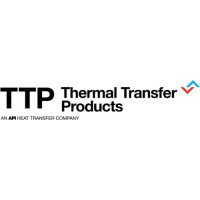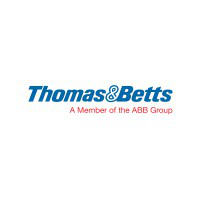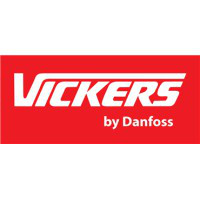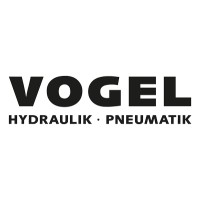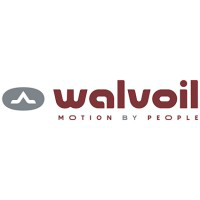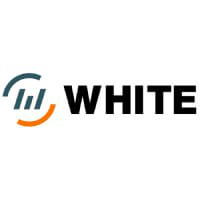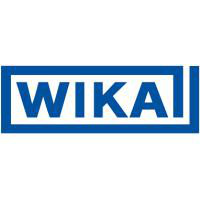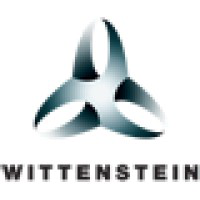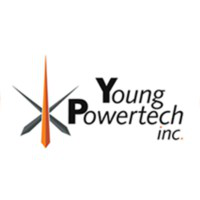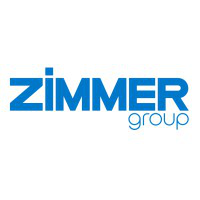The AutoFilt RF3 From HYDAC
The AutoFilt® RF3 is an automatic self-cleaning filtration system designed for continuous maintenance-free filtration for all major manufacturing and processing industries. It removes solid contamination from low viscosity fluids such as water and machine tool coolants. Its rugged construction and self-cleaning feature provide companies with increased machinery reliability, resulting in reduced operating, labor and maintenance costs. Superior removal of contamination particles from water is accomplished with slotted tube (wedge wire) filter elements ranging from 50 to 3,000 microns or SuperMeshTM filter elements (either 25 or 40 microns). The automatic self-cleaning process begins when the fieldadjustable ?P is reached across the elements. Due to the unique single element cleaning process, the total filtered flow is not reduced during the cleaning process. Flow rates range can range from 20-31,000 gpm and housings are available with ANSI mounting port flanges from 2” to 36”. HYDAC can supply numerous combinations of housing materials, as well as system operating equipment to reach the optimum installation for every industry application.
Cost Effectiveness
Particle contamination in water accelerates the rate of wear on system components such as spray nozzles, water valves, and pipelines. This could result in premature component failure. The use of automatic self-cleaning filters lead to a significant decrease in service and maintenance intervals resulting in time and labor savings. As well, costs for replacement equipment and waste disposal can be minimized. Process water is typically contaminated with solids, and water companies apply surcharges to handle the contaminant discharge. The HYDAC AutoFilt® RF3 is ideally suited for removing these contaminants prior to discharge, thus reducing or eliminating any financial surcharge
Simple & Effective Design
The design of the AutoFilt® RF3 Self-Cleaning Filter is simple yet highly effective. The basic construction consists of the main housing, inlet and outlet ports with flanged connections, filter elements, outlet valve and actuator and electronic operating controls. All of these combined together provide a completely automated self-cleaning filtration system. The process begins with fluid passing through the inlet flange, reaching the filter elements by flowing from inside the element to outside. Solid contamination is then trapped on the inside of the wedge wire filter element. As contamination increases, the differential pressure between the contaminated and clean side increases. When the set differential pressure is reached (typically 7 psid) the self-cleaning process is triggered. Note: This self-cleaning activation has an adjustable differential pressure or time setting. (see Starting the Automatic Self-Cleaning Process on page 5.) The self-cleaning process is one complete cycle which cleans one element at a time in succession. The geared motor turns the contamination discharge arm under the filter element to be cleaned. The contamination discharge valve is then opened by an actuator. This results in a high pressure drop within the filter element being cleaned, which forces the particles into the discharge line. During this operation, only a small amount of clean fluid is used to complete the cleaning process. A typical self-cleaning cycle takes less than 60 seconds. The cleaning cycle takes place with no interruption in flow or pressure drop. The unique conical element design and internal mounting configuration allow for smooth flow transition, resulting in minimal pressure loss during the cleaning process. Advantage to the customer: Fewer self-cleaning cycles and a minimum loss of flushing fluid.
WATCH: RF3 Automatic Backflush Filter Technologies from HYDAC
The AutoFilt® RF3 back-flushing filters have received NSF/ANSI 61-G & 372 certifications. NSF 61 is the premier standard for water system components and NSF is the certification most recognized and respected by manufacturers, water utilities and regulators around the globe.
- NSF/ANSI 61: Drinking Water System Components – Health Effect is established to evaluate health effects of products used in drinking water applications. It covers all products with drinking water contact from source to tap. Certification to this standard ensures products do not contribute contaminants to drinking water at unsafe levels.
- NSF/ANSI 372: Drinking Water System Components – Lead Content is established for the determination of lead content based on the wetted surface areas of the product.
- this is a list item
AUTOMATIC FILTRATION
Product description
- Self-cleaning automatic filter
- Nominal size: DN 50 to DN 900
- Qmax: 7500 m3/h
- Filtration rating: 25 to 3000 µm
Filter Element Technology
- Conical filter elements for more efficiency
- Wedge wire: 50 to 3000 µm
- SuperMesh wire mesh: 25 to 60 µm
Product advantages
- Automatic back-flushing reduces operating costs
- Isokinetic filtration and back-flushing provides greater efficiency
- Numerous material and control variants
- No interruption of the filtrate flow during back-flushing
- Proved its worth over a thousand times
- The AutoFilt® RF3 back-flushing is certified according to NSF/ANSI 61-G & 372
- Variable flange positions
We Support The World’s Leading Manufacturers
The Hydrotech Difference
Industry in Motion
American industry has never enjoyed more opportunity than it does today – or faced more challenges. Hydrotech is here to help you compete, evolve, lead, and win with superior solutions in fluid power, automation, service & repair, and connected technologies.



